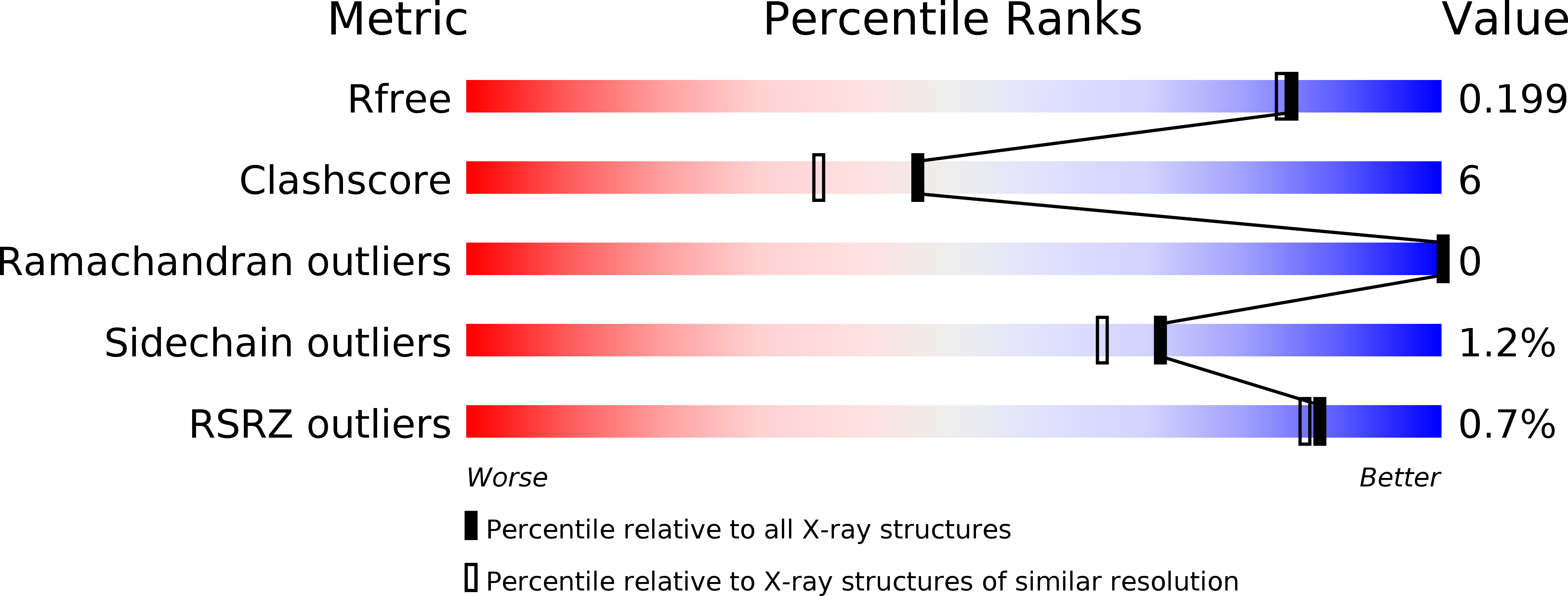
Deposition Date
2012-07-20
Release Date
2013-05-29
Last Version Date
2024-11-27
Entry Detail
PDB ID:
4G7A
Keywords:
Title:
The crystal structure of an alpha Carbonic Anhydrase from the extremophilic bacterium Sulfurihydrogenibium yellowstonense YO3AOP1
Biological Source:
Source Organism:
Sulfurihydrogenibium sp. YO3AOP1 (Taxon ID: 436114)
Host Organism:
Method Details:
Experimental Method:
Resolution:
1.80 Å
R-Value Free:
0.20
R-Value Work:
0.16
Space Group:
P 1 21 1


